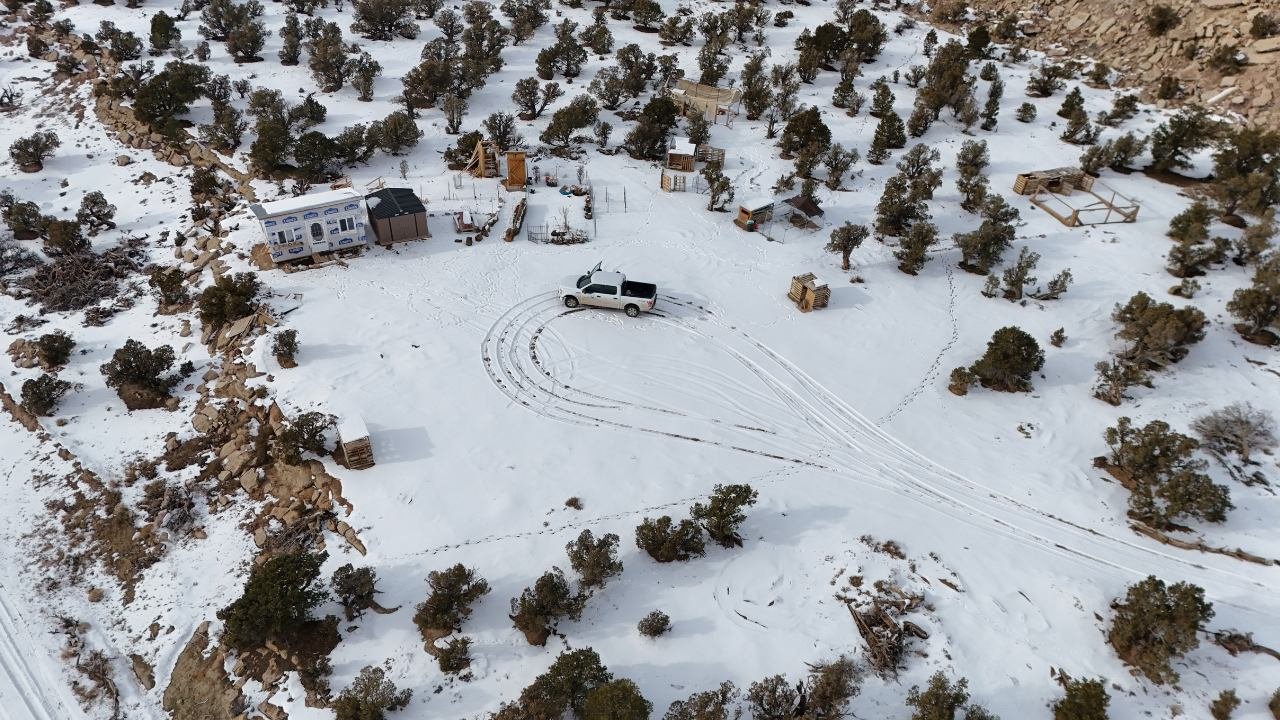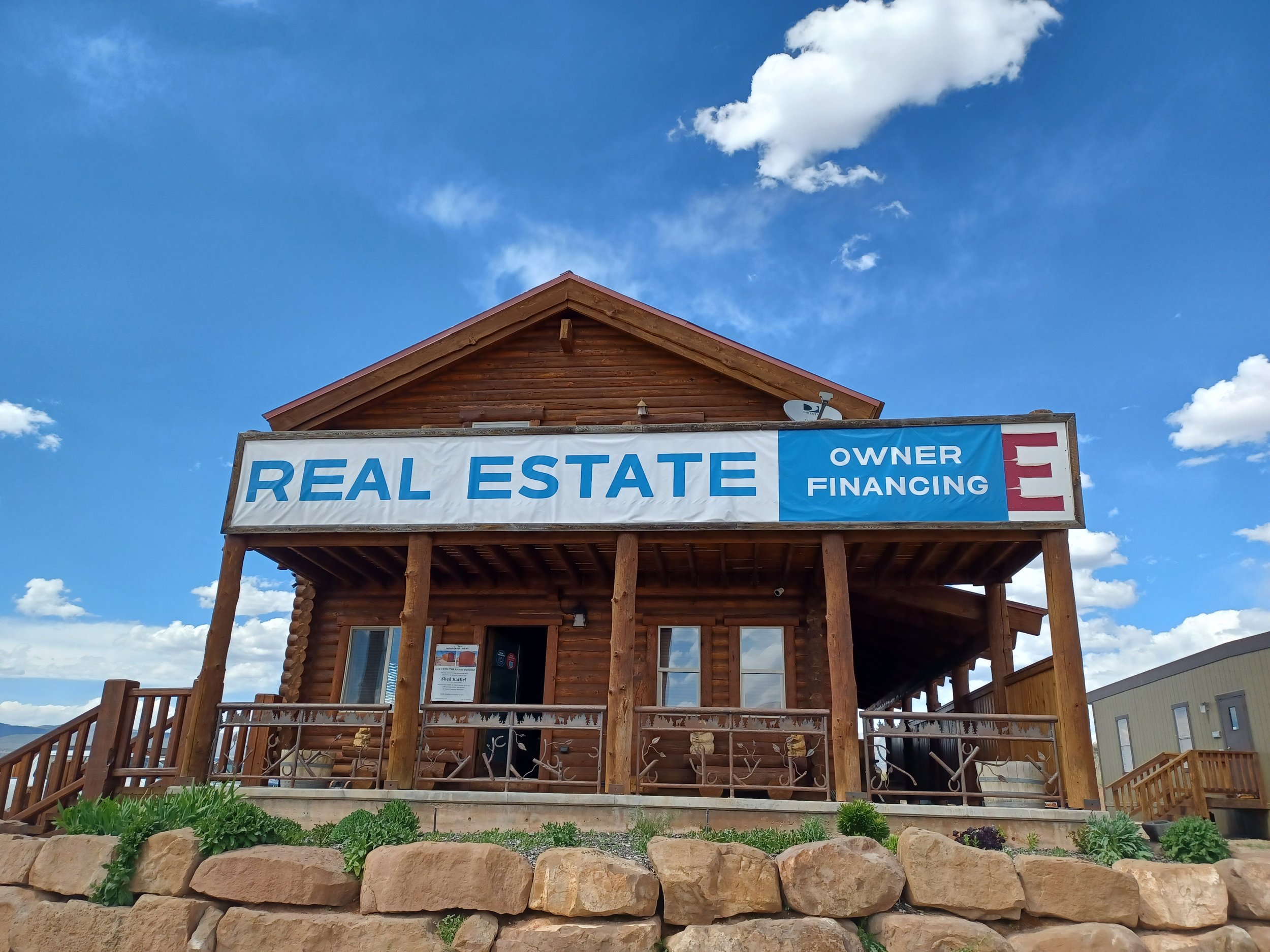
Land Development 101
From Raw Acreage to Finished Homesites
Developing land is exciting, but it requires a clear plan. Whether you’ve purchased rural property or inherited a family parcel, understanding each step will save time, money, and stress. This guide explains the essentials of land development so you can turn raw acreage into finished homesites.

What You’ll Learn in This Guide
-
Zoning & Entitlements
Determine what you can build and how to stay compliant.
-
Utility Planning
Bring in water, power, and septic systems efficiently.
-
Road & Access Requirements
Secure all-season, legal entry to your property.
-
Permitting & Timeline Tips
Avoid delays with a well-organized development plan.
Key Steps to Developing Raw Land
-

1. Understand Zoning and Entitlements
Before breaking ground, confirm your property’s zoning. Counties set rules for residential, agricultural, or mixed-use development.
Check minimum lot sizes and building setbacks.
Apply for any needed conditional-use permits.
Learn how entitlements affect future resale value.
-

2. Secure Access and Easements
No project can move forward without legal access.
Verify recorded road easements.
Plan driveways that meet county grade and width requirements.
Consider winter plowing and all-season maintenance.
-

3. Plan for Utilities and Infrastructure
Utilities are a major part of development cost and timeline.
Water: Drill a well, connect to a municipal line, or install a cistern.
Power: Bring in overhead/underground lines or design a solar system.
Waste: Choose between septic, advanced treatment, or city sewer.
-

4. Obtain Permits and Schedule Work
Counties require building, septic, and grading permits.
Hire a licensed surveyor and engineer early.
Submit plans for soil and drainage approval.
Factor in seasonal work windows to avoid weather delays.
Raw Land For Sale For Development

Costs to Expect
-
Surveys and soil tests
-
Utility installation (power, water, septic)
-
Driveway or road construction
-
Permit and impact fees
Frequently Asked Questions
How long does rural land development take?
Typically 6–18 months depending on permitting and weather.
Do I need an engineer or surveyor?
Yes. Professional surveys and engineered plans are essential for permits and accurate boundaries.
Can I live on-site during construction?
Often yes, with a temporary-use permit or RV approval from the county.
Why Choose Mountains West Ranches?
Utah Focus: Rural and recreational land is all we do.
Transparent Process: No hidden fees or complicated approvals.
Local Relationships: We work directly with surveyors and utility providers.
Year-Round Support: We assist with everything from land tours to first snow.
Reviews From Buyers
-
If you want a piece of heaven then this company is a good start. We got our lot so that we can get away and just be a family.
★★★★★
James M.
-
The loan terms make it affordable to own a piece of land. We are looking forward to start building and moving on to the property as soon as possible
★★★★★
Stephanie E. -
This is such an amazing team to work with! Hands down the easiest way to buy land. They really listen and took care of our family!
★★★★★
Megan W








